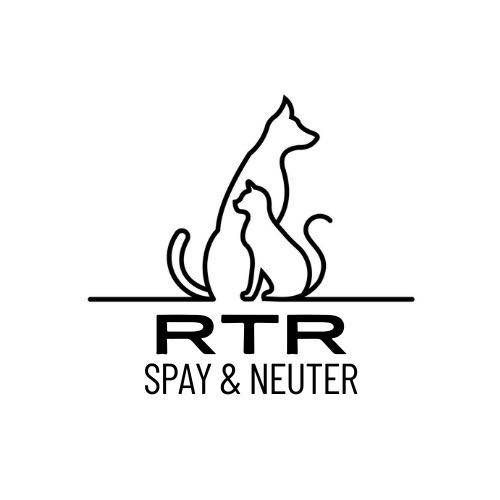🐾 How to Prepare Your Pet for Surgery – Practical Tips Before Spay/Neuter Day 🐾
- RTR Spay and Neuter

- Aug 26
- 2 min read

We at RTR Spay and Neuter always want to make sure the community has every resource available to them, including animal welfare education.
Getting your pet spayed or neutered is one of the most important steps you can take to ensure their long-term health and help reduce animal overpopulation. While the procedure is routine for veterinarians, it’s still surgery—and good preparation will help make it easier and safer for your animal.
Here’s a step-by-step guide to help you prepare for the big day.
1. Schedule at the Right Time
Age matters – Most pets can be spayed or neutered at around 4–6 months of age, though your vet may recommend earlier or later depending on breed, size, and health.
Health check first – Make sure your pet has had a recent vet exam and is up to date on vaccinations.
2. Follow Pre-Surgery Feeding Instructions
No food after 8pm – Most clinics will ask that your pet not eat the night before surgery to prevent complications from anesthesia.
Water is usually allowed – Fresh water should be available until the morning unless your vet says otherwise.
Always confirm exact instructions with your clinic—they may vary.
3. Keep Your Pet Clean
If possible, bathe your pet the day before surgery, since you’ll need to avoid getting the incision wet during recovery.
Brush their coat to remove tangles and loose hair.
4. Create a Calm Environment
Avoid heavy exercise or stressful situations before surgery.
Keep your pet indoors the night before to prevent injury or contact with other animals.
5. Prepare a Safe Ride
Use a secure carrier for cats and small dogs.
For larger dogs, use a leash and, if possible, have someone help you keep them calm in the car.
6. Bring the Right Items
Any required paperwork (vaccination records, consent forms).
Your pet’s regular leash or carrier.
A small blanket or towel with a familiar scent to comfort them.
7. Plan for Recovery Space at Home
Choose a quiet, warm spot away from other pets and children.
Have a clean bed ready and keep food and water nearby (but follow your vet’s instructions on when to reintroduce meals).
8. Ask Questions Before You Leave
Before the procedure, make sure you understand:
What to expect during recovery.
When to give food, water, and any medication.
Signs of complications to watch for.
❤️ Final Tip
Stay calm—your pet can pick up on your emotions. A relaxed, reassuring tone will help them feel safe before, during, and after surgery.
By following these steps, you’ll make the experience as smooth and stress-free as possible for both you and your pet. Spaying or neutering is a gift that lasts a lifetime, not just for your furry companion, but for your community too.
Without the generosity of our supporters, none of this would be possible. Your donations allow us to offer free spay and neuter services to families and communities that otherwise couldn’t afford them. Every contribution—big or small—helps us prevent unwanted litters, reduce suffering, and give pets the healthy, happy lives they deserve. Thank you for making a difference.





Comments